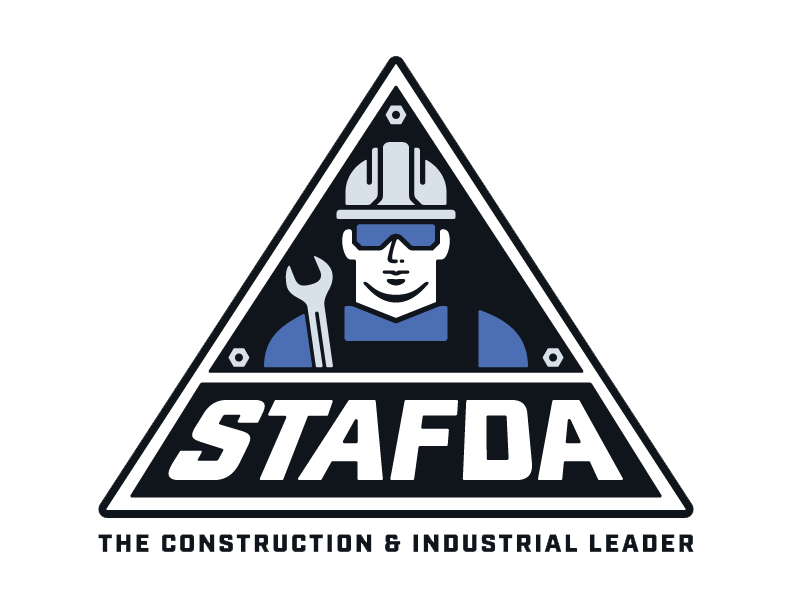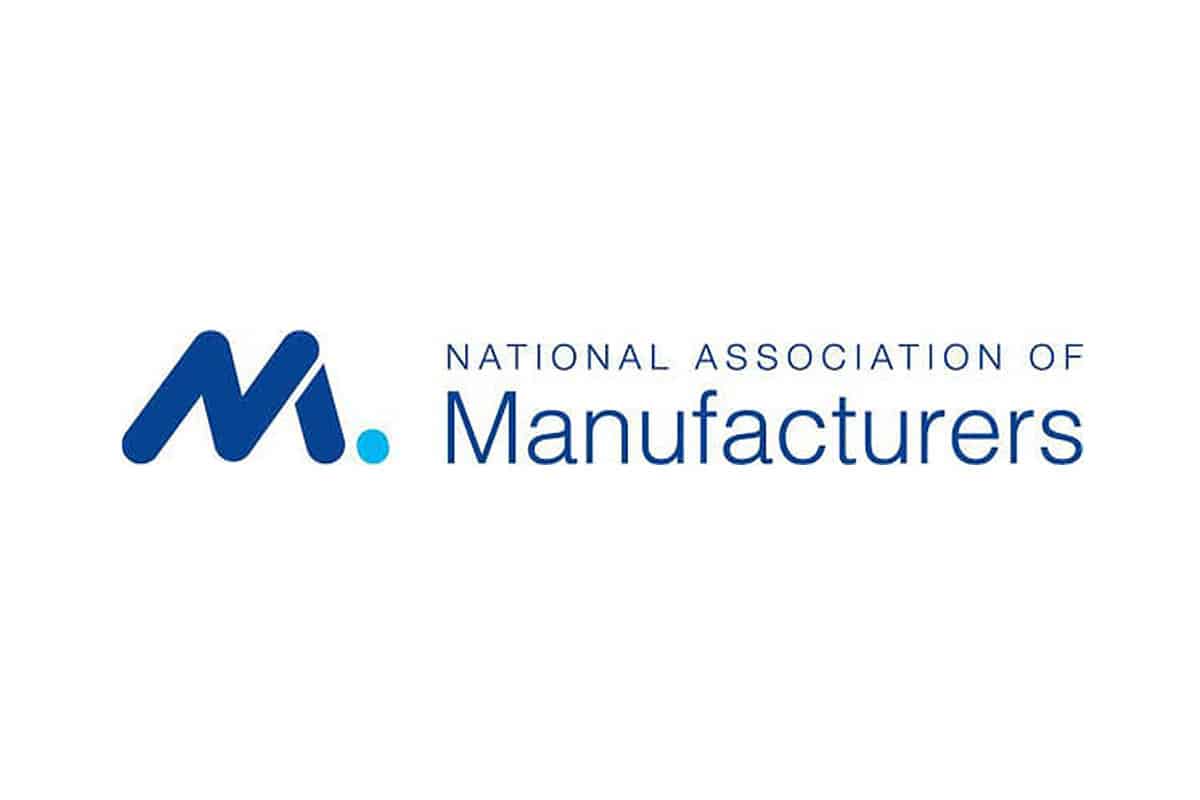| 4/30/2025: NAM’s Jay Timmons Discusses Trade Negotiations, Tax Reform, China on CNBC’s “Worldwide Exchange” On Wednesday, President Trump announced a 90-day pause of country-specific “reciprocal” tariffs above 10%, setting the “reciprocal” tariff rate at a flat 10%. However, he also announced an increase of additional “reciprocal” tariffs on Chinese imports, to 125%. The NAM’s trade team has the exact details for us. Ninety days to negotiate: Trump’s executive order temporarily resets the additional country-specific ad valorem tariffs listed in Annex I of the April 2 executive order to a common 10% baseline, though previous exceptions still apply. The new rates went into effect on April 10, and the temporary reset applies until July 9, 2025, while the administration negotiates trade deals. Higher tariffs on China: In response to China’s retaliation, the executive order increases tariffs on imports from China (and its administrative regions Hong Kong and Macau) into the U.S. from 84% to 125% as of April 10.The 125% rate is on top of the 20% additional rate on Chinese imports issued on Feb. 1, and in addition to any applicable Section 301 tariffs, Section 232 tariffs, MFN tariffs and AD/CVD tariffs. De minimis: The April 2 EO laid out a new scheme for collecting tariffs on Chinese goods that would otherwise have been eligible for duty-free de minimis treatment, being valued at or below $800.The A pril 10 EO amends the previous order as follows: From May 2, 2025, the tariff on postal items is increased from 90% to 120% of the package’s value or a flat fee per postal item. The flat fee is increased from $75 to $100. This flat fee was set to increase to $150 on June 1, 2025. This fee is now increased from $150 to $200. Click here for the full update from NAM. |
| Timmons on Upcoming Tariff Announcement “We don’t know what the actual proposal is going to be, or the actual plan is going to be from the president today, but in any scenario, it’s going to add cost to manufacturers, especially for those inputs that are coming into the United States for finished goods and already finished products. So manufacturers are bracing. We’ve got 14,000 members right now who, frankly, don’t know what the future holds in terms of additional costs, and that’s why you’re seeing this type of concern and sentiment among manufacturers. In fact, three-quarters of manufacturers who we surveyed rate trade uncertainty as their number one concern right now.” |



